Minimise the Risk of Extreme Weather on Rail Assets and Passengers with Monitoring
Our climate is changing. According to The Met Office’s UK Climate Projections analysis tool, by 2070 there could be up to 35% more precipitation in winter. Evidence also exists to suggest that this precipitation is likely to become more extreme, with intense, prolonged periods of rainfall increasingly common. This is a big issue for the UK’s rail infrastructure.
This time last year, Rail Technology Magazine ran a story with the headline ‘weekend of heavy rain causes landslide chaos across the UK.’ You can read that article here. On this occasion, track damage and passenger disruption were the only consequences but, had a train been passing at the point of slope failure, it could have been much worse. Incidents like these serve as a reminder of the potentially catastrophic results of asset failure during periods of extreme rainfall. But, how can monitoring help to minimise the risk associated with geotechnical asset failure?
Nick Slater, monitoring services director at SOCOTEC Monitoring UK – previously ITM Monitoring - has been working within the fields of structural and geotechnical monitoring for more than 15 years. In his current role, he is responsible for identifying and developing innovative monitoring technologies to help asset managers better understand their asset’s condition throughout its lifecycle, supporting and informing decision-making surrounding its behaviour. Below, Nick shares his insights into how monitoring can support managers of rail transport networks in managing the risks associated with geotechnical asset failure and flooding during periods of excessive rainfall.
The UK’s rail infrastructure is ageing. When put under environmental pressures such as excessive rainfall, these kinds of assets can become challenging to manage, with increased risk of slope failures and, due to dated drainage features being unable to cope with large volumes of water, flooding. Network Rail is leading the way in the management of its rail assets by investing heavily in research and measures, including monitoring, to make rail infrastructure more resilient to extreme weather events.
Demonstrating their commitment to continuously improving the way earthworks are managed, in June 2018, Network Rail released a policy document entitled ‘Earthworks Technical Strategy’ written by Simon Abbott, professional head of Geotechnics at Network Rail. This policy provides an insight into the world of geotechnical asset management and outlines Network Rail’s use of the latest technologies to provide a safer, more reliable, efficient and sustainable rail infrastructure.
Simon Abbott said: “We want to be established as globally recognised experts in earthworks asset management through harnessing knowledge, continuous improvement and exploiting emerging technologies.”
In this document, Network Rail also provides an overview of the different kinds of monitoring techniques and, crucial to the services SOCOTEC Monitoring UK delivers to Network Rail, defines and explains the difference between ‘failure detection’ and ‘condition monitoring’.
Failure Detection vs Condition Monitoring
Simon Abbott commented: “Stopping trains from finding failed earthworks that have rapidly lost the ability to perform is our top geotechnical challenge.”
Failure detection is very binary – it tells you when trains need to be stopped due to a failure event, such as a landslip, having occurred. This kind of monitoring is most often deployed on critical earthworks assets where there is a high chance of rapid deterioration - which may be accelerated by weather events such as excessive rainfall – and where failure of such assets is likely to have an immediate and high-risk impact on the safe running of the railway.
With failure detection, it’s vital that the movement or change is detected as rapidly as possible, and that notification of this is received by a decision-maker in the shortest possible time to allow the result of an earthwork failure to be controlled and the risk to passengers minimised.
In contrast, condition monitoring provides a longer term understanding of how an asset is performing. Resulting data is used to inform actions to prevent landslips, by forecasting change and allowing targeted remedial intervention before a loss of stability or failure occurs.
While neither of these monitoring techniques can prevent extreme weather events from occurring, they can reduce the impact of them. SOCOTEC Monitoring UK has been supporting Network Rail over many years across multiple sites, providing both failure detection and condition monitoring services to do just that.
Failure Detection at Hooley Cutting
On the main London to Brighton line, Hooley Cutting has often been problematic for Network Rail. Steep sided beyond 70 degrees, but vertical in places, the site has suffered from occasional slope failures which have caused disruption to the railway. To mitigate risk at this site, Network Rail called in SOCOTEC Monitoring UK to assist in the design of a monitoring system to alert engineers to the occurrence of any slope failure.
The monitoring system at Hooley Cutting detected that a large landslip had occurred on a fairly remote section of track. Network Rail were alerted and temporarily stopped trains running. Without the monitoring system in place, this landslip would potentially have gone undetected, causing a major incident.
At Hooley Cutting, the tag time from failure event to notification needs to be as short as possible. The monitoring system installed here samples data every second, so notification of a landslip occurring is very rapid. This is achievable at Hooley Cutting as the site has a permanent power supply and a phone line connected to monitoring system. If there is a failure event, the decision-makers can be in receipt of an alarm in less than a minute of it occurring, stopping trains and reducing risk.
Remote Condition Monitoring at Wessex Sites
SOCOTEC Monitoring UK also supplies remote condition monitoring systems for earthworks and drainage assets across the Network Rail Wessex Route. This encompasses over 15 sites with systems designed to monitor river water level and slope movement.
Following long periods of intense rainfall, Network Rail’s Blackwater River site is susceptible to flooding due to rapidly rising river levels. SOCOTEC Monitoring UK installed a river level monitoring system on the bridge, over which trains pass. In addition, a number of remote cameras with infra-red lights are installed so that if alarm levels are exceeded, the images captured by the cameras can be used as visual verification to validate readings from the sensors without an engineer having to attend site. Not sending engineers to site has a number of benefits, including improving health and safety as manual checks at night and during extreme weather are no longer required, reducing cost and carbon footprint.
It’s a huge decision for Network Rail to slow, let alone stop trains. As stated in their Weather Resilience and Climate Change Adaptation Strategy 2017-2019, ‘weather related delays have cost Network Rail around £50-100m per year over the past decade with the cost to the railway and economy as a whole much higher when the impact of cancellations, timetable changes and damage are accounted for.’ Network Rail can’t reduce trains to a cautionary speed or stop them running entirely every time there is an extreme period of rainfall, just in case it should result in a landslip or flooding, as this would cause massive disruption to passengers, not to mention the huge cost implications. The monitoring systems SOCOTEC Monitoring UK has installed provide Network Rail with the data and visual verification required to understand the probability of failure at critical points, so that they can develop and implement adaption strategies to reduce the impact and risk to passengers and restore a normal, safe service as quickly as possible.
Commenting on these systems, route asset engineer for Network Rail, Hector Kidds, said: “The Remote Condition Monitoring systems from SOCOTEC Monitoring UK are invaluable when deciding if we need to route prove after periods of heavy rain overnight, where slope movements have been detected or when river levels reached a critical point. The system also has benefits for our staff in terms of health and safety as it moderates the need for engineers to manually assess site conditions, particularly since this often used to be necessary in extremely poor weather. The information gleaned from the sensors allows us to take preventative action where possible but has also been used to caution or stop the service, thereby allowing us to reduce the risk to the travelling public.”
The Future of Earthworks Monitoring
Transport operators want to de-risk their infrastructure but, they can only do this if they can better predict how their earthworks assets are behaving over time. This is where emerging technologies come into play. Developments in software, sensors and communication technologies has reduced costs, improved reliability and, consequently, increased the opportunity for asset managers to monitor the condition of earthworks assets remotely. In fact, at the end of last year, SOCOTEC Monitoring UK held an event to launch an innovative new earthworks condition monitoring technology, PRIME. This technology allows asset owners to ‘see inside’ vulnerable earthworks using a cost-effective, non-invasive system, giving insight into the internal conditions of slopes. This system alerts decision makers to any changes and provides early warnings of asset deterioration, which means intervention can take place before failure becomes likely.
The PRIME technology is based on non-invasive Electrical Resistivity Tomography (ERT), a geophysical imaging technique that is sensitive to compositional variations in the subsurface as well as changes in groundwater saturation. The integrity of geotechnical assets, such as slopes, is impacted during periods of excessive rainfall. The benefits of using ERT include the ability to view volumetric information, composition and moisture content within the asset, which makes it ideal for monitoring geotechnical assets such as rail embankments and cuttings. You can read more about this new technology here.
Understanding the impact of climate change and extreme rainfall on rail and other infrastructure assets is an important part of any maintenance management and resilience plan. If you would like to speak to our team about how the latest monitoring technologies can support vital decisions on the management of your asset, and reduce risk, please get in touch.

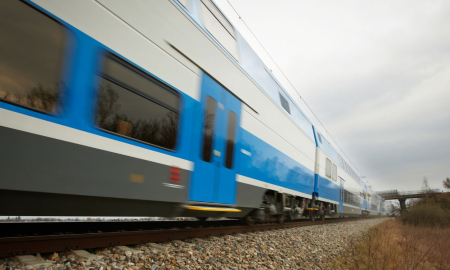
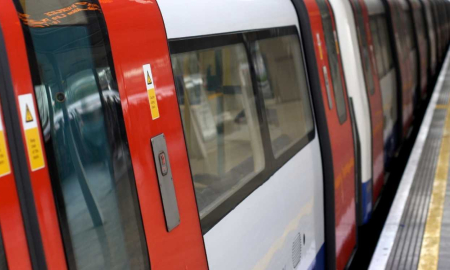
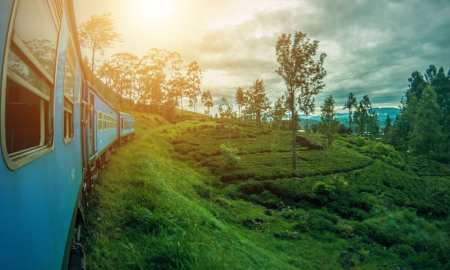
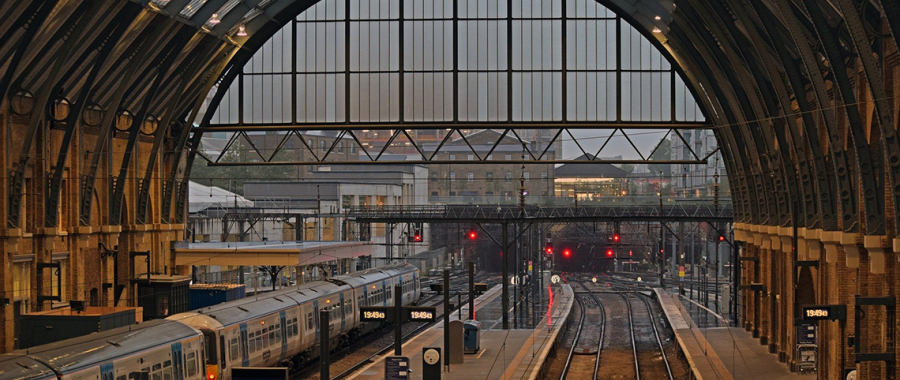
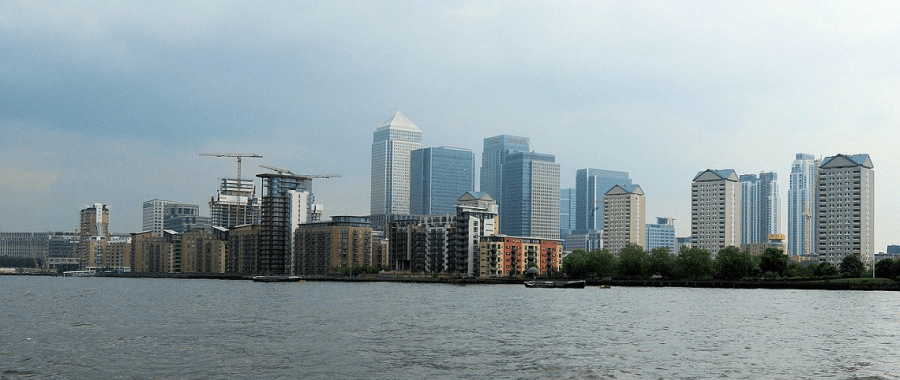
Add new comment